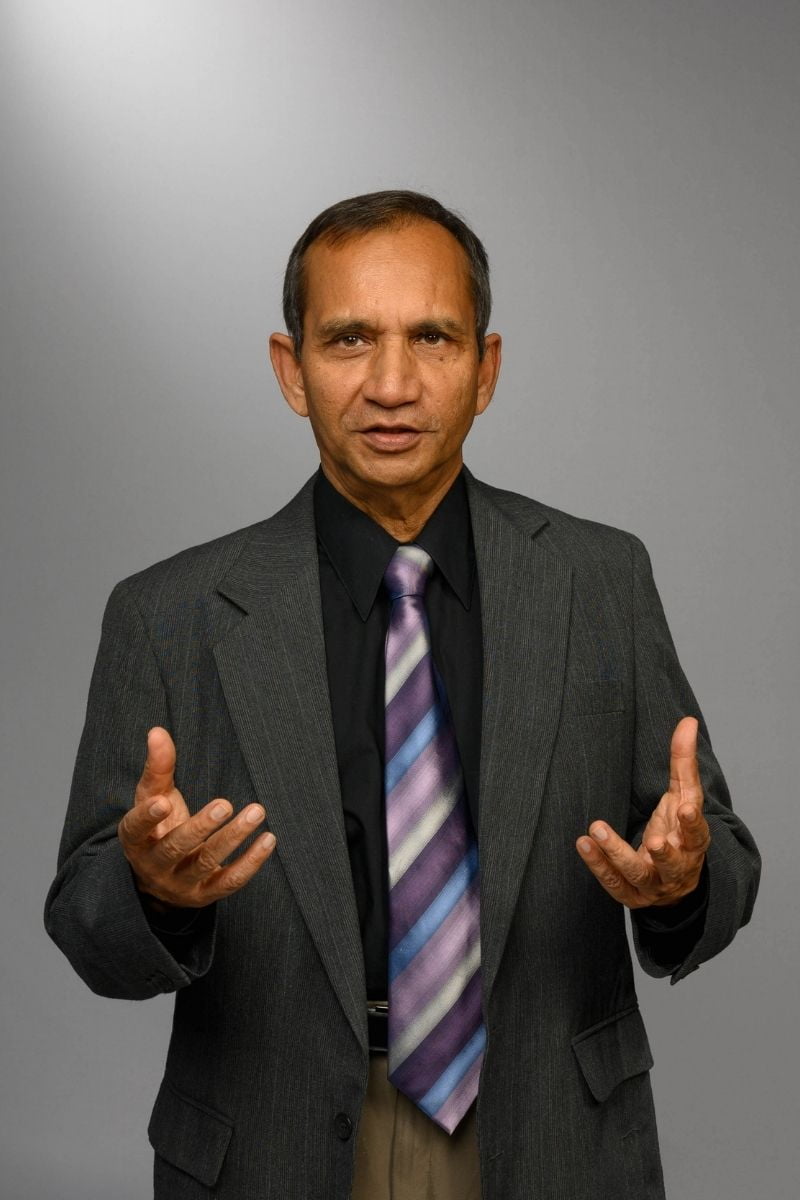Keeping Texas bridges ‘safe and usable for years to come’
Texas has the second-most bridges in the United States after California, 30% of which do not have sufficient height, width or capacity to handle the increasing volume and type of traffic using them.

Nur Yazdani, a civil engineering professor at The University of Texas at Arlington, has received a three-year, $997,275 grant from the Texas Department of Transportation (TxDOT) to evaluate the performance of selected deteriorating and aging highway bridges. His approach includes non-destructive evaluation (NDE), on-site load testing and computer simulation to help engineers determine the current condition of bridges and decide which need repair and how best to accomplish that.
“The federal infrastructure bill has given TxDOT and local governments significant funding to apply toward upkeep and evaluation of bridges. They want to ensure that they are using the funding wisely to identify bridges that might have issues,” Yazdani said. “We are happy to apply our findings from current and previous work to help TxDOT ensure that Texas bridges are safe and usable for years to come.”
Tasks include evaluating hybrid steel and concrete girder bridges and the partial composite action in prestressed concrete I-girder bridges. When existing concrete and steel girder bridges need additional lanes, TxDOT usually widens them by adding steel girders. However, new girders may not have the same characteristics as the old girders and may flex and wear differently, causing differential deflections, cracking and safety issues. Yazdani plans examine these issues on selected bridges and find ways to address any deterioration.
In previous research, Yazdani’s team conducted NDE and load testing on existing prestressed concrete bridges with composite deck-girders in the DFW area and found that bridges, new and old, behave only as partially composite despite being designed as fully composite structures.
The new grant will allow Yazdani to assess newly constructed bridges to evaluate how much composite action occurs between the deck and the girders during and after construction. He will then determine how to use materials, design and construction modifications to increase the composite action.
This project could have far-reaching effects on bridge infrastructure nationwide.
“Our work could have national implications because federal and state governments publish specifications and guidelines for bridge design, construction and maintenance,” he said. “The overall area of bridge design, evaluation and maintenance is a highly critical and contemporary issue. I tell my students that they cannot go wrong with making a career out of bridge engineering, with the recent national focus and the plethora of jobs available for them in this area for the foreseeable future.”
- Written by Jeremy Agor, College of Engineering